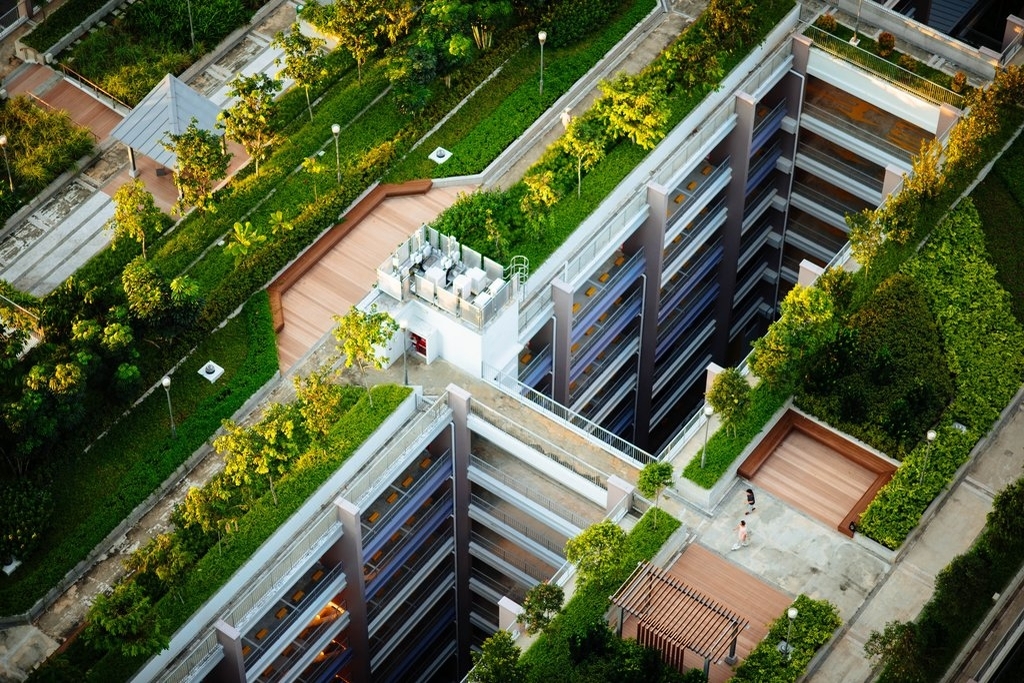An Unbiased View of City Blooming
An Unbiased View of City Blooming
Blog Article
City Blooming Can Be Fun For Everyone
Table of ContentsOur City Blooming PDFsThe Ultimate Guide To City BloomingThe Main Principles Of City Blooming The Only Guide for City BloomingThe City Blooming PDFs
Interested in growing food for sale in the City of Chicago? Below is a listing of frequently asked concerns regarding the rules and regulations that growers should think about when intending a city farming job.
The zoning amendment does not customize any kind of various other codes handling composting, structure authorizations, buying or leasing City owned property, company licenses or environmental contamination. There are existing codes that control these concerns and they remain in full effect and may be suitable to your project. Community yards are usually possessed or managed by public entities, public companies or community-based companies and maintained by volunteers.
Urban ranches expand food that is intended to be offered, either on a not-for-profit or for-profit basis. Due to their industrial function, city farms call for a business license. Yes. A community yard is enabled to sell surplus create that was grown on site if the sales are accessory or secondary to the garden's main purpose described above.
8 Easy Facts About City Blooming Shown
The quantity of garden compost material can not exceed 25 cubic yards at any kind of offered time according to the criteria in 7-28-715 of the City's Municipal Code. Due to the fact that the soil at a lot of brand-new yard websites requires changing, garden compost, soil, wood chips, or various other products can be obtained to build or improve the expanding space.

If a building license is needed after that the hoophouse will be considered an accessory structure. You can discover out more regarding the building license requirements by calling the Division of Buildings. The 25,000-square-foot dimension limitation is planned to stop a single neighborhood garden from controling an offered block or interfering with the block's existing property or commercial character.
The limit does not apply to yards situated in Public Open Area (POS) areas. Can there be even more than one area garden that is 25,000 square feet on a single block? Secure fencing is not called for, nonetheless, gardens that have large auto parking locations may be called for to mount fence or various other landscaping features.
The Buzz on City Blooming
B1 & B2 areas call for that all commercial usage tasks be conducted inside your home. R districts restrict industrial activity. The regulations show the objective and intent of the Zoning Code. Is secure fencing required for urban ranches? Yes. Fences may be required, together with landscaping and screening, for specific parking areas and exterior job or storage locations depending upon location and the certain activity taking place.
Yes. Urban ranches need building authorizations and zoning authorizations before building. Other kinds of city testimonial may be required relying on details frameworks, tasks, dimension, landscape design, licensing, public heath and stormwater monitoring problems. A lot of these needs are determined in the task design or allowing procedure, nonetheless, the applicant might be liable to individually recognize certain licenses or permits that might be called for.
Yes. The type of license is identified by what is occurring at the site. The Department of Company Affairs and Consumer Protection can aid determine the particular kind of service permit that's required. Yes. Off street auto parking is required for a lot of business jobs in Chicago. The called for number of car park spaces is based on the number of workers dealing with website and not the square video footage of the growing area.
The smart Trick of City Blooming That Nobody is Discussing

Yes. A metropolitan farm can market garden compost material produced on site, nonetheless, the procedure needs to comply with the regulations in 7-28-715 of the Chicago Municipal Code. Yes. Aquaponic systems are permitted inside your home on urban ranches in several zoning districts. However, a zoning testimonial and building authorization is required in order to mount frameworks or systems and a company certificate is required as defined over.
As much as 5 hives or swarms of honey may be maintained as an accessory usage. Nonetheless, beekeepers must register with the Illinois Division of Farming. For even more info regarding the recommended zoning modification you may contact the Department of Housing and Economic Advancement, Bureau of Planning and Zoning at 312.744.8563.
Farming in cities and city locations An urban ranch in Chicago. Urban agriculture refers to different methods of cultivating. https://telegra.ph/City-Gardening-Embracing-Green-Spaces-in-Urban-Life-06-27, handling, and dispersing food in metropolitan locations. The term likewise relates to the location activities of pet husbandry, aquaculture, beekeeping, and horticulture in a city context. Urban agriculture is distinguished from peri-urban farming, which occurs in country locations at the side of suburbs.
The smart Trick of City Blooming That Nobody is Discussing
It can include a movement of organic cultivators, "foodies" and "locavores", that look for to form socials media based on a shared ethos of nature and area holism. These networks can develop using official institutional support, coming to be integrated into regional community planning as a "change community" movement for lasting city growth.
The more straight access to fresh vegetable, fruit, and meat items that may be become aware via city farming can boost food security and food security while reducing food miles, bring about reduced greenhouse gas exhausts, consequently adding to climate adjustment reduction. A few find out here of the first evidence of city farming originates from Mesopotamia.
Report this page